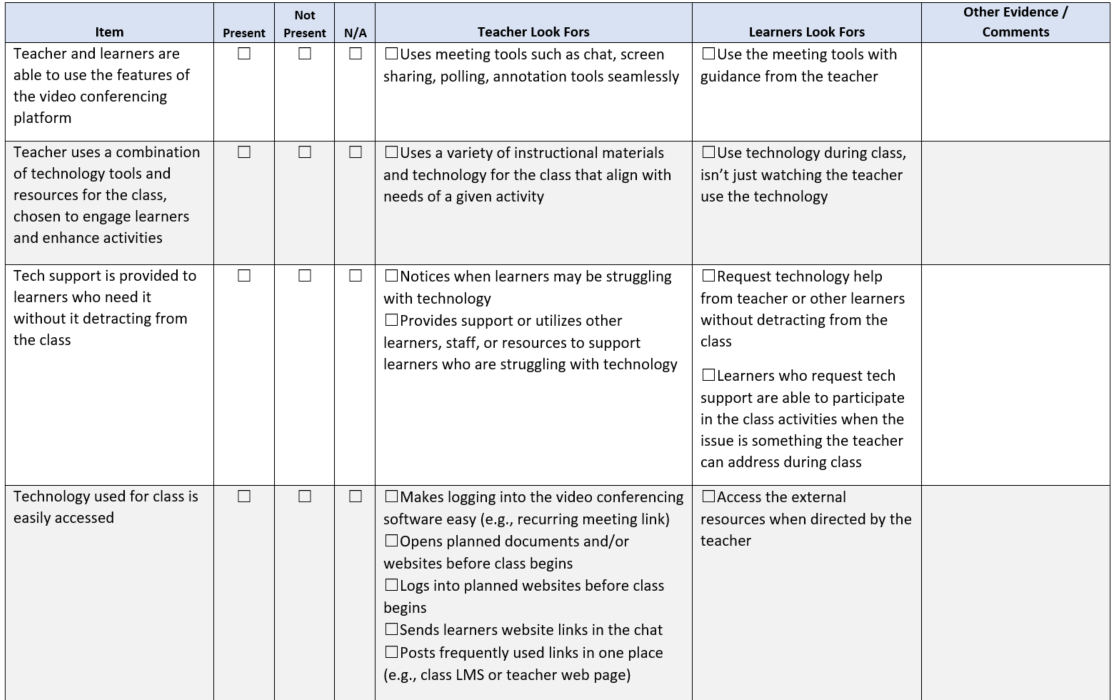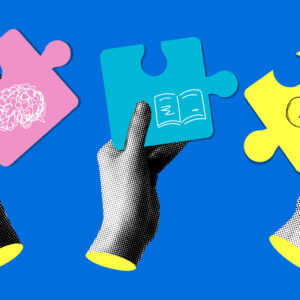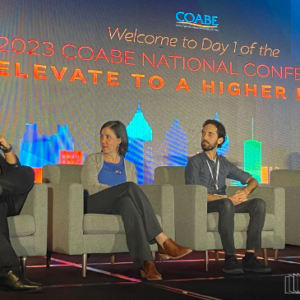By Amy Poland
Little did Maine’s adult educators know that when they left their classrooms on Friday, March 13, 2020, they would not return for months and for some, more than a year. But that did not stop them from continuing to support their learners as most adult education providers continued to offer emergency remote instruction. From my front row seat as state Professional Development Coordinator, I saw teachers adapt to new modes of teaching that stretched their digital literacy and teaching skills. They navigated new technologies that worked (or not), set up temporary classroom spaces in their homes, adapted face-to-face lessons to be done remotely, made videos, and found creative ways to keep their learners engaged and progressing towards their goals.
During our ongoing office hours, adult educators shared ideas and problem solved issues around their remote instruction, but a common thread to all discussions was educators asking, “Am I doing this right?” While they were comfortable with what effective teaching and learning looked like within a face-to-face classroom, it was murky when it came to a remote classroom – for the teachers and for me, as their support provider.
At the 2020 IDEAL Consortium Summer Institute, a group of colleagues, other professional development (PD) and distance education leaders from member states, discussed the idea of establishing criteria or standards for remote instruction. How could we identify the teacher and student moves that led to effective remote instruction? How did it look different than the in-person classroom? The conversation stuck with me as our state team looked for ways to: 1) best support the field by strengthening their remote teaching and 2) help administrators to know how to evaluate that teaching.
At the same time, our professional development advisory group was working on establishing distance education PD pathways for adult education staff and identifying the key digital literacy skills needed by teaching staff. In our research, we found many resources around asynchronous online teaching and for learners, but little existed to give feedback to teachers on their remote instruction. We worked together with IDEAL Consortium member Destiny Simpson to develop the tool we needed.
A tool for self-assessment, professional development and program improvement
It was important to us that we create a tool for self-assessment, professional development, and program improvement purposes. Since Maine is a local control state, we cannot mandate specific evaluation models, but we can offer resources for adult education staff to use. Therefore, we wanted the resource to be educative – not just about evaluation.
The field is familiar with two resources that guide our teaching: the LINCS Adult Education Teacher Competencies and the observation tools from our implementation of College and Career Readiness Standards for Adult Education (CCRS), which highlights the key indicators of effective implementation of the CCRS and outlines specific teacher and students moves to demonstrate standards-aligned instruction. We wanted the remote instruction tool to serve the same purposes as the adult education teacher competencies and CCRS observation tool and to follow a similar format and process. The resulting tool fits with our previous work perfectly, identifying clear criteria in four domains and using specific statements to describe what teachers and learners will be doing.
- Lesson Planning and Delivery | How does the teacher communicate the lesson goals? How do the instructional strategies encourage rigorous and engaging learning opportunities?
- Assessing Understanding and Adjusting Instruction Accordingly | How does the teacher use multiple measures to assess learning? How do they adjust instruction based on learner understanding?
- Communication | How does the teacher communicate with learners to build a positive learning environment?
- Use of Technology and Support to Learners | How is technology used to support learning? How does the teacher support learners with their technology use?
The evaluation tool provides detailed “look fors” within each of the four domains. The example below details the look fors for the domain Assessing Understanding and Adjusting Instruction Accordingly.
 This fall, we will share the remote observation tool with the field through informational webinars and establish a process for following up with those who are using the tool for their feedback and learnings. Our hope is to collect data on how programs modify or customize the tool based on their specific remote teaching contexts and to learn more about the areas where we might need to offer additional professional development. For those educators interested in exploring the tool more comprehensively, we are developing a blended learning training where participants will discuss the tool in more depth and have the opportunity to practice using and analyzing the tool.
This fall, we will share the remote observation tool with the field through informational webinars and establish a process for following up with those who are using the tool for their feedback and learnings. Our hope is to collect data on how programs modify or customize the tool based on their specific remote teaching contexts and to learn more about the areas where we might need to offer additional professional development. For those educators interested in exploring the tool more comprehensively, we are developing a blended learning training where participants will discuss the tool in more depth and have the opportunity to practice using and analyzing the tool.
Although many programs are now able to offer in-person learning, most are still offering some blended and distance learning, including remotely. We hope this tool will be helpful moving forward in ensuring that all adult education instruction is engaging and effective no matter where the class is held. You can access the remote observation tool and a guide to help you make use of it here:
- Remote Observation Tool and Guide (Fillable PDF / Word)
- Remote Observation Tool Only (Fillable PDF)





2 Comments.
Wonderful tool! Such an excellent opportunity to support instruction by providing descriptive criteria. Thank you!
This is very useful. Thanks for sharing it!